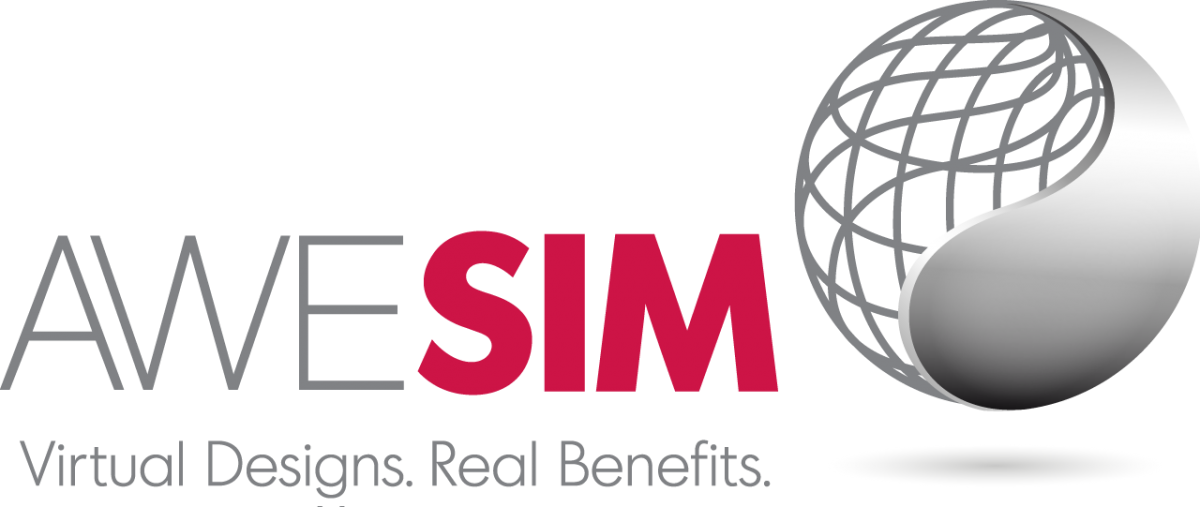Even when you know there’s a good approach to something, there are times when just getting started can be difficult. There’s an “activation energy” that sometimes needs to happen to get change to occur, especially a cultural change.
In the Modeling and Simulation (M&S) journey at P&G over the past 15-plus years, we have recognized that a shift to M&S, away from large-scale physical tests, is really a cultural change. We know M&S provides tremendous benefits in some business areas, whether it be costs in development or manufacturing, time to market, or better product performance or quality. Yet we have seen this difficulty to get started time and time again across the various businesses and technologies we work in.

So what are some of the lessons learned and approaches we’ve taken to ignite this activation energy? How do we take the first crucial steps in the learning process to make this important cultural change? Here are three tips we at P&G have found very useful:
1. Target a “job to be done” that is currently unaffordable or simply can’t be done today.
There are many things we do in product design or manufacturing process development that just take too long, cost too much, or are not very effective at getting to the desired understanding and results. These jobs or work processes are great targets for getting started. For instance, ask open-ended questions of your teams and leaders like, “what are parts of what you do that most frustrate you, or parts you wish you could change, do better, etc.” The answers to these questions can be a great place to start your journey.
2. Use (or even create!) a crisis
These are often great opportunities to create change in how individuals or an organization is willing to behave. Some leaders are even willing to “create” a crisis. Cutting the budget for physical testing will create an internal crisis for how to learn in new and different ways. Giving part of that budget back to create and use modeling will begin to change the culture. Great leaders who want to see change will also use a combination of personal, social, and structural motivators: Peer pressure, awards, and accountability are examples of these.
3. Dream and plan big; but start small and simple.
Start with pay-the-bills models for results needed near term. Only build complexity and breadth in the model as it is needed over time. The journey should be pay-as-you-go. Prioritize the models you build with potential for broad adoption and reuse. Major modeling programs with long times for delivery of results (and usually at high expense) are often too difficult to ever get going.
These are some of the lessons we at P&G have learned through the many years of our own modeling and simulation experiences. And we aren’t just sharing them here; we are working with AweSim to create workshops that will help you in a number of ways, such as:
- Plotting the pathway for your modeling leadership journey. This is all about cultural change.
- Support you in defining your organization’s modeling possibilities.
- Provide approaches to help you get started on the journey.
- Provide case studies to help you see how others have gotten value from this approach.
- Help you get started in the development of your Modeling Action Plan.
- Link you to experienced people in modeling for support.
Learning how to overcome this initial activation energy is a great way to push your business into productive changes that can pay off in major ways for years to come. Stay tuned for updates on our workshops and modeling and simulation in general by following AweSim on Twitter @AweSimApps.
Copyright 2016 Procter & Gamble, All Rights Reserved.


